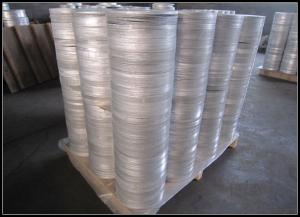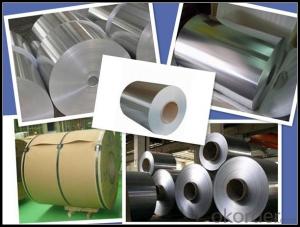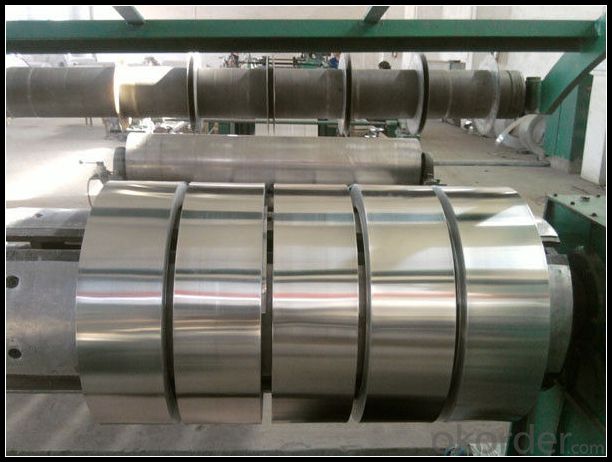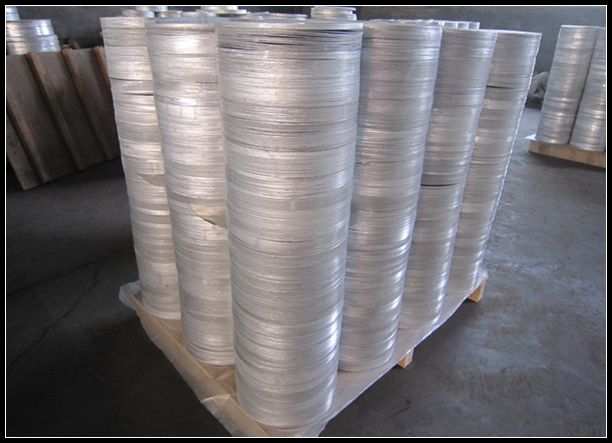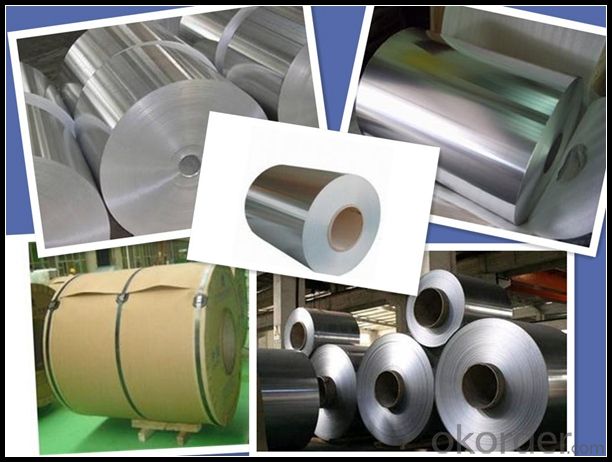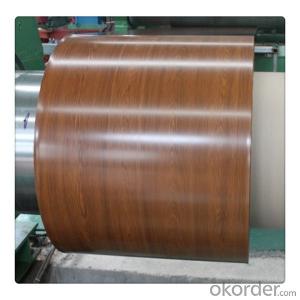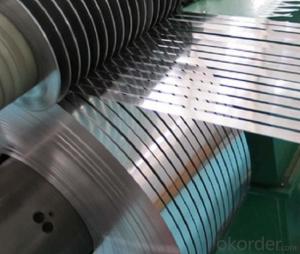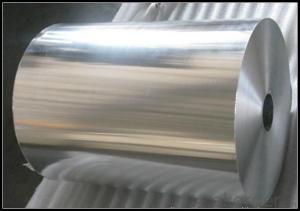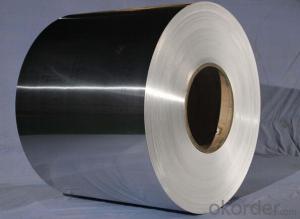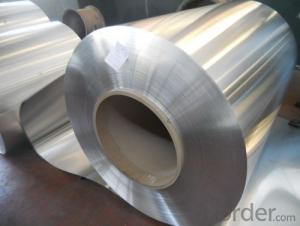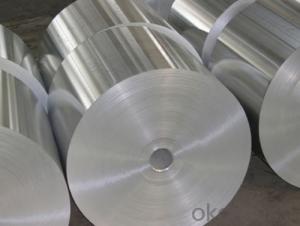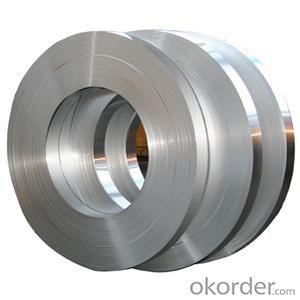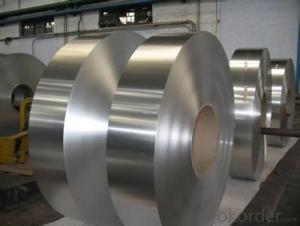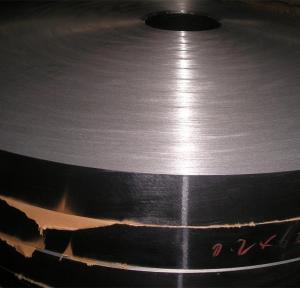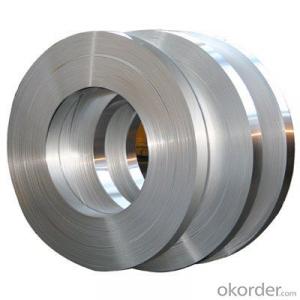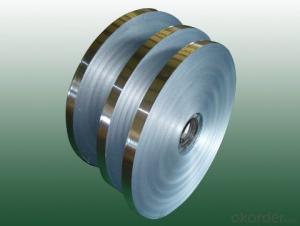Malleable Aluminum Strips - Aluminum Expanded Metal Sheet 1050 1100 3003
- Loading Port:
- Tianjin
- Payment Terms:
- TT OR LC
- Min Order Qty:
- 1 m.t.
- Supply Capability:
- 4999 m.t./month
OKorder Service Pledge
OKorder Financial Service
You Might Also Like
Specification
1. Specification of Aluminum
1) Alloy | 1050, 1060,1100, 3003 3004 3105 3005 5005 5052 etc |
2) Temper | O/H12/H14/H1/H18/H32/H34/H36/H38//H111/H112/H116/H321/T6/T651/T3/T351 etc |
3) Thickness | 0.1mm to 6mm |
4) Width | 20mm to 3300mm |
5) Coil weight | 100kgs to 6 tons depends on actual requirement |
6) Core material | Aluminum alloy |
7) Coil Inner diameter | 76mm, 152mm,or as required |
2. Application of Aluminum
(1).Automotive alloys...
(2).Air and gas cylinders...
(3).Aluminium compounds...
3. Feature of Aluminum
Although aluminium is an extremely common and widespread element, the common aluminium minerals are not economic sources of the metal. Almost all metallic aluminium is produced from the ore bauxite
Be free from Oil Stain, Dent, Inclusion, Scratches, Stain, Oxide Dicoloration, Breaks, Corrosion, Roll Marks, Dirt Streaks and other defect which will interfere with use
4. Certificate:
SGS and ROHS(if client request, paid by client), MTC(plant provided), Certificate of Origin(FORM A, FORM E, CO), Bureau Veritas and SGS (if client request, paid by client), CIQS certificate
5. Image of Aluminum
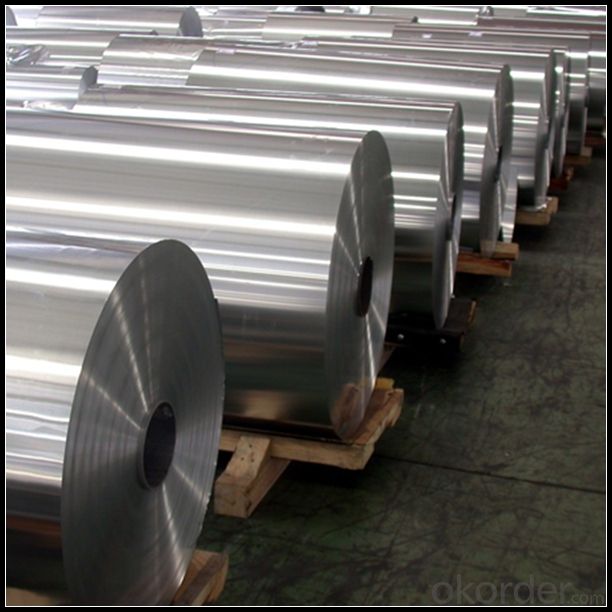
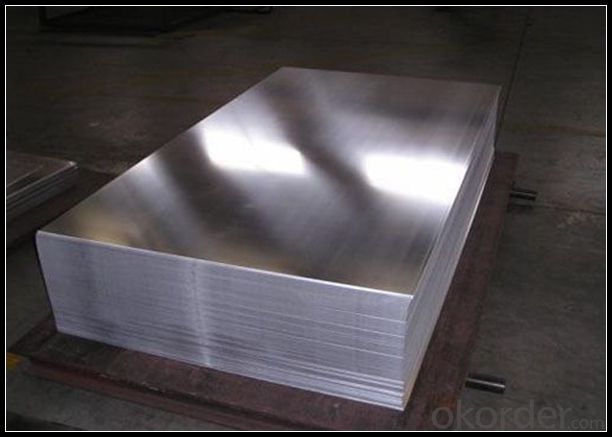
6. Our Service
1. Reply your enquiry in 24 working hours. |
2. OEM, buyer design, buyer label services provided. |
3. Exclusive and unique solution can be provide to our customer by our well traned and professional engineers and staffs. |
4. We can provide free sample for your check |
5. We have the certification of ISO 9001 |
6. Timely delivery |
7. Special discount and protection of sales area provided to our distributor. |
8. Good after-sale service. |
7. FAQ
Q: What is the produce prase? | ||||
A: Normally it would be 40days after received your deposit. | ||||
Q: Can you provide free samples? | ||||
A: Yes, free samples will be sent to you on freight at destination. | ||||
Q: Can I get your latest catalogue? | ||||
A: Yes, it will be sent to you in no time. | ||||
Q: What is the MOQ? | ||||
A: 3 tons | ||||
Q: What are your payment terms? | ||||
A: We accept L/C, D/A, D/P, T/T, West Union,etc. |
- Q: This question asks for a step-by-step guide on how to measure and cut an aluminum strip to fit a specific project.
- <p>To measure and cut an aluminum strip for your project, first determine the required length and width. Use a measuring tape or ruler for precise dimensions. Mark the measurements on the strip with a marker. For cutting, use a hacksaw or a metal cutting saw for straight cuts. Ensure the strip is secured in a vise or clamped to prevent movement. Cut along the marked lines, and use metal files or sandpaper to smooth any rough edges. For curved cuts, use a jigsaw with a metal cutting blade. Always wear safety goggles and gloves to protect yourself from metal shards and sharp edges.</p>
- Q: This question asks for a comparison of the pros and cons associated with the use of aluminum strips in roofing systems.
- <p>Aluminum strips in roofing offer several advantages such as durability, resistance to corrosion and rust, lightweight nature, and low maintenance requirements. They are also energy-efficient, reflecting heat and reducing cooling costs. Additionally, aluminum strips can be easily recycled, contributing to environmental sustainability. However, there are downsides, including higher initial costs compared to other roofing materials and potential for denting if not properly installed or maintained. Aluminum can also be noisy during rain, and may require more frequent replacement due to its lighter gauge compared to some other materials.</p>
- Q: This question asks for a step-by-step guide on how to attach aluminum strips to a roof.
- <p>To install aluminum strips on your roof, follow these steps: 1. Clean the roof surface to ensure a proper bond. 2. Measure and cut the aluminum strips to the required length. 3. Apply a high-quality adhesive or sealant to the back of the aluminum strips. 4. Position the strips on the roof, ensuring they are aligned and straight. 5. Press firmly to secure the strips in place and allow the adhesive to cure according to the manufacturer's instructions. 6. Check for any gaps or uneven areas and apply additional sealant if necessary. 7. Regularly inspect and maintain the aluminum strips to ensure they remain in good condition. Always follow safety precautions and consider hiring a professional if you are unsure about any steps.</p>
- Q: How to use batteries, magnets, cans of aluminum belt to make a rotating aluminum belt device, please explain
- The middle part of the penholder is fixed with 2 high strength magnets. When we turn the magnet, we can turn the cans on the left to rotate together.
- Q: What are the potential dangers or issues that could arise from using nails or screws to attach aluminum strips?
- <p>There are several risks involved with using nails or screws to install aluminum strips. These include damaging the aluminum strip by causing dents or cracks, especially if the material is thin. There's also the risk of stripping the screw hole, which can weaken the hold and cause the strip to come loose. Additionally, if the aluminum strip is not properly secured, it may lead to accidents or injuries due to falling or improper installation. Using the wrong type of fastener can also lead to corrosion or other material compatibility issues. It's crucial to use the appropriate tools and techniques to minimize these risks.</p>
- Q: What is the ratio of the thickness of the aluminum strip to the joint of the knife?
- Hello, this according to the specifications of the material, the aluminum belt with different state, thickness, knife joint ratio is also different.
- Q: This question asks for the most suitable type of aluminum strip for outdoor applications.
- <p>The best type of aluminum strip for exterior use is typically 3003-H14 alloy. This alloy is known for its excellent corrosion resistance, which is crucial for outdoor applications where the strip may be exposed to various weather conditions. It also offers good formability, making it easy to shape and bend for various construction and architectural purposes. Additionally, 3003-H14 aluminum strip has good weldability, which is beneficial for applications where joining is required. It is commonly used for roofing, siding, and other exterior applications due to its durability and weather-resistant properties.</p>
- Q: Is it possible to utilize aluminum strips as a material for insulating interior walls?
- <p>Aluminum strips are not typically used for interior wall insulation. Insulation materials are designed to provide thermal resistance, and aluminum is a good conductor of heat, which makes it unsuitable for insulation purposes. Common insulation materials include fiberglass, mineral wool, and polyurethane foam, which are effective at reducing heat transfer. Aluminum strips might be used in construction for other purposes, such as reinforcement or as a vapor barrier, but not for insulation.</p>
- Q: What are the specific types of aluminum strips that are frequently utilized in the construction industry?
- <p>Yes, there are several special types of aluminum strips commonly used in construction. These include aluminum flashing strips for waterproofing and sealing, aluminum trim strips for finishing edges and corners, and aluminum heat sinks for heat dissipation in electrical installations. Additionally, aluminum strips are used in curtain wall systems, window frames, and as reinforcement in concrete structures. The choice of aluminum strip depends on the specific requirements of the construction project, such as strength, durability, and resistance to corrosion.</p>
- Q: Describe the steps involved in the manufacturing process of aluminum strips.
- <p>The process for manufacturing aluminum strips involves several key steps. Initially, aluminum ingots are melted in a furnace, often using a direct current furnace for better control over the melting process. The molten aluminum is then poured into molds to create a cast billet. This billet is then heated and passed through a series of rolling mills to reduce its thickness and achieve the desired strip dimensions. During rolling, the aluminum is continuously cooled to control its temperature and maintain its mechanical properties. After rolling, the aluminum strip may undergo additional processes such as annealing to improve ductility or coating to provide a protective layer. Finally, the strip is cut to length, inspected for quality, and packaged for distribution.</p>
Send your message to us
Malleable Aluminum Strips - Aluminum Expanded Metal Sheet 1050 1100 3003
- Loading Port:
- Tianjin
- Payment Terms:
- TT OR LC
- Min Order Qty:
- 1 m.t.
- Supply Capability:
- 4999 m.t./month
OKorder Service Pledge
OKorder Financial Service
Similar products
Hot products
Hot Searches
Related keywords

